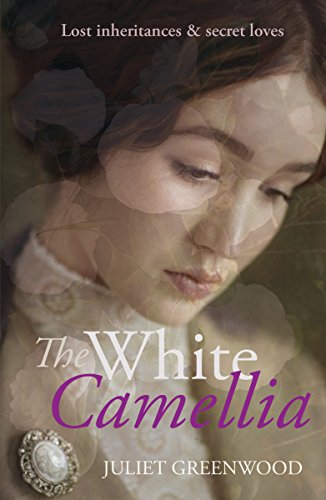The White Camellia
Set during the Edwardian Era, The White Camellia is a beautifully written novel that moves between London and Cornwall, encompassing the suffrage movement, a ghostly country house, and a treacherous mine with hidden secrets, and which is peopled with a cast of interesting characters who quickly draw the reader into the story.
Characterisation is this novel’s greatest strength. Bea, the main protagonist, must leave her beloved Tresillion House when her family is ruined. The mystery of how and why is revealed bit by bit as the narrative progresses. Sybil, a self-made businesswoman with questionable motives and a shadowy past, moves in, determined to reopen an abandoned mine on her new property. The house casts a spell on Sybil as she struggles to come to terms with her past. Meanwhile in London, Bea determines to escape marriage with cousin Jonathan, who is not all he seems. Soon she begins to find purpose in an impoverished situation, new friends, independence through work and a calling as she is drawn into the suffrage movement, bravely hoping to become a photo-journalist, a male occupation. The White Camellia, a café where suffragettes meet, links story lines and themes whilst Bea’s and Sybil’s narratives intersect through a masterful plot with believable characters.
These characters represent various themes. The stiffness of Edwardian social mores is portrayed through Bea’s mother; changing times for women are apparent through Bea and Sybil and their supporting female cast; the hypocrisy of some men as well as the enlightened sensibility of others are both vividly represented. There is also a delicious romantic element.
The White Camellia has much to recommend it. The suffrage movement is thoroughly researched and intelligently integrated into a clever, exciting and informative page-turning narrative.










